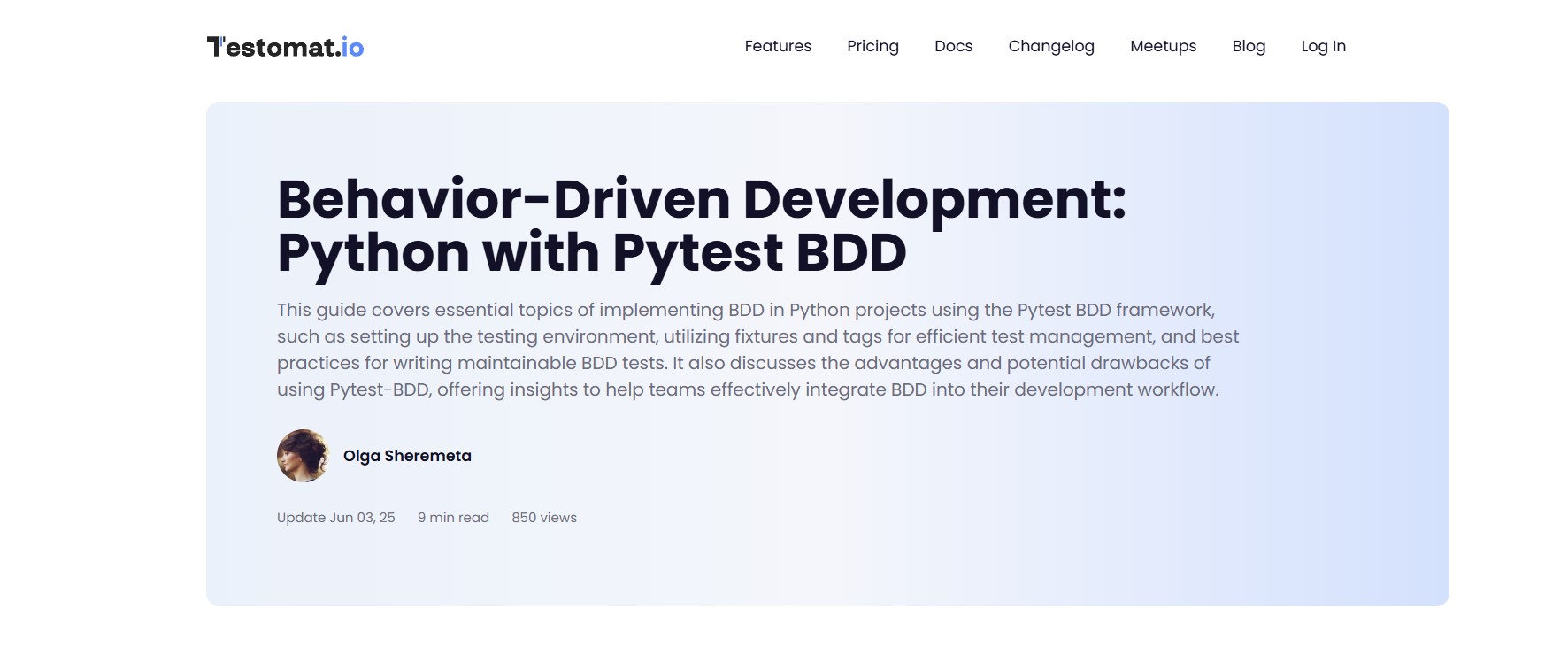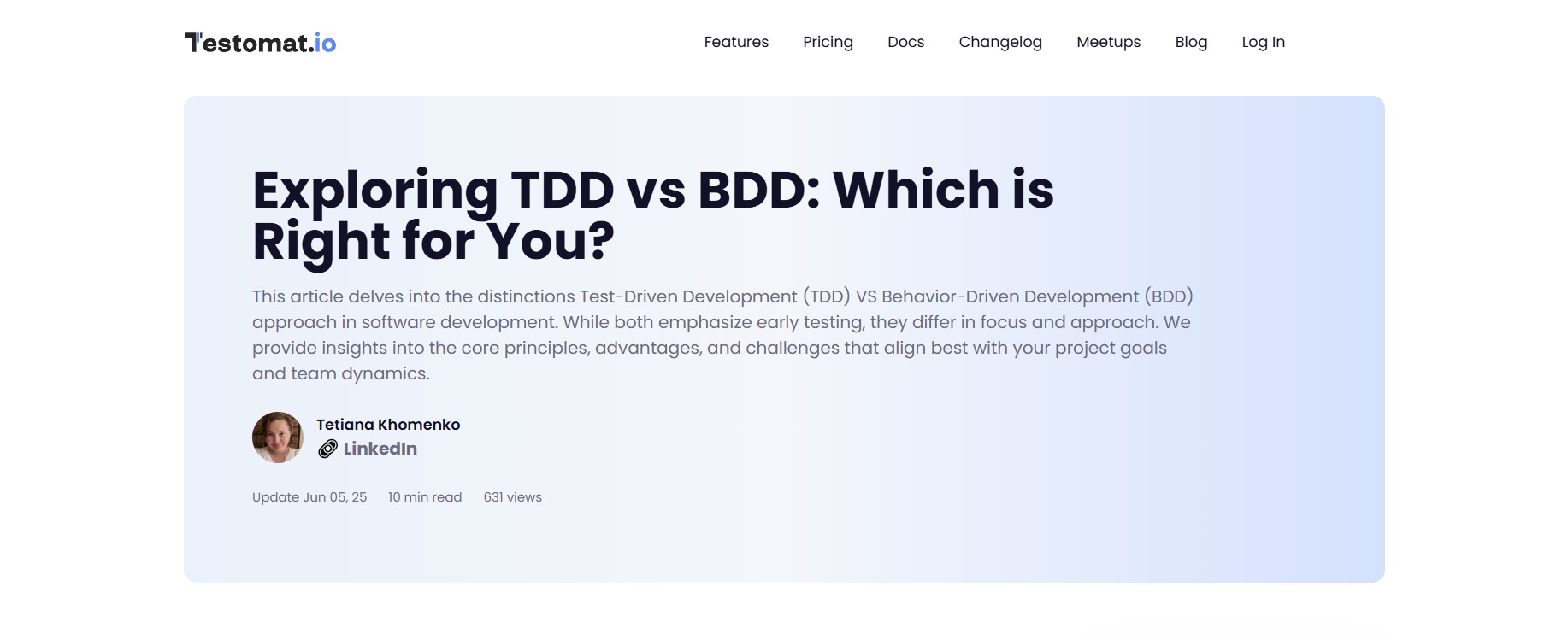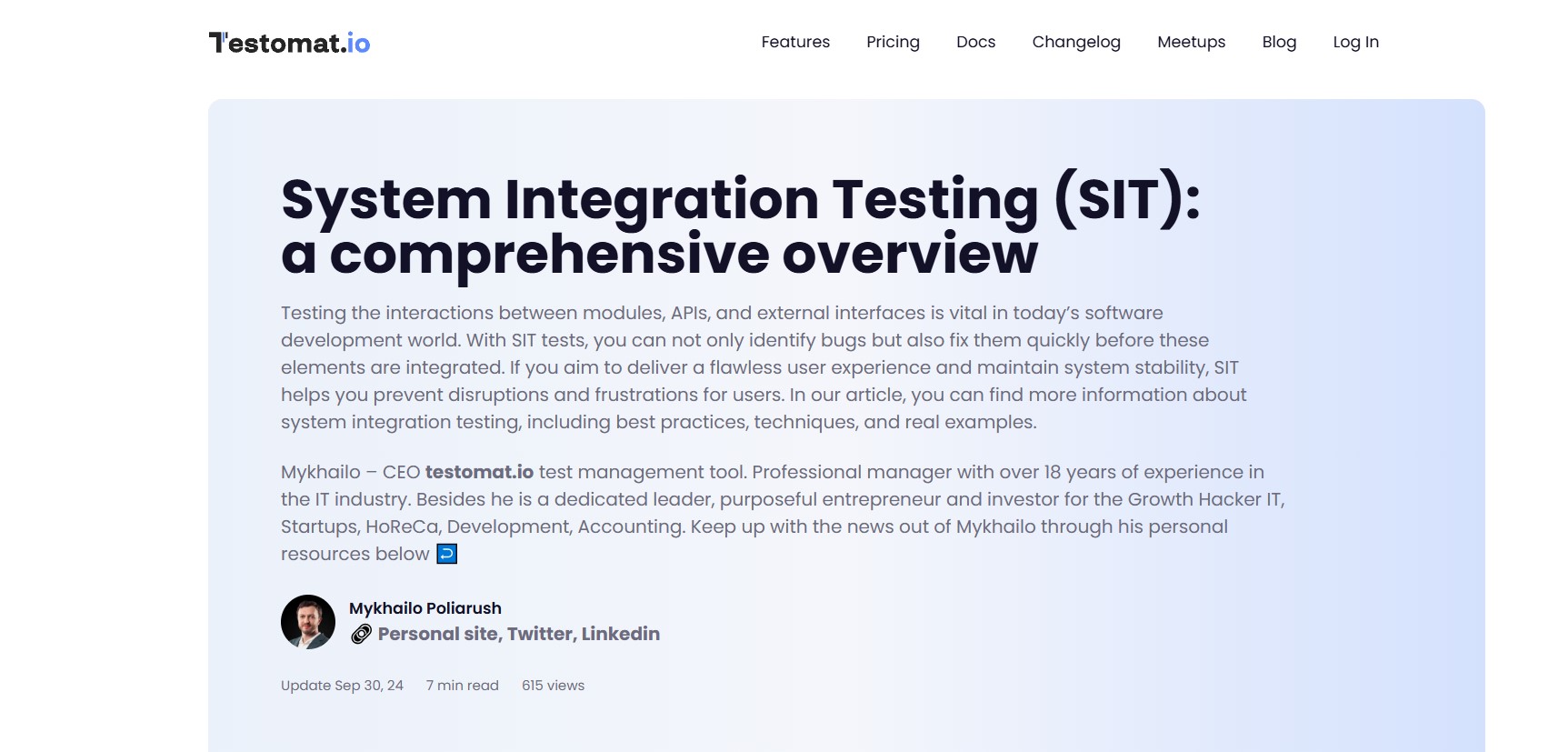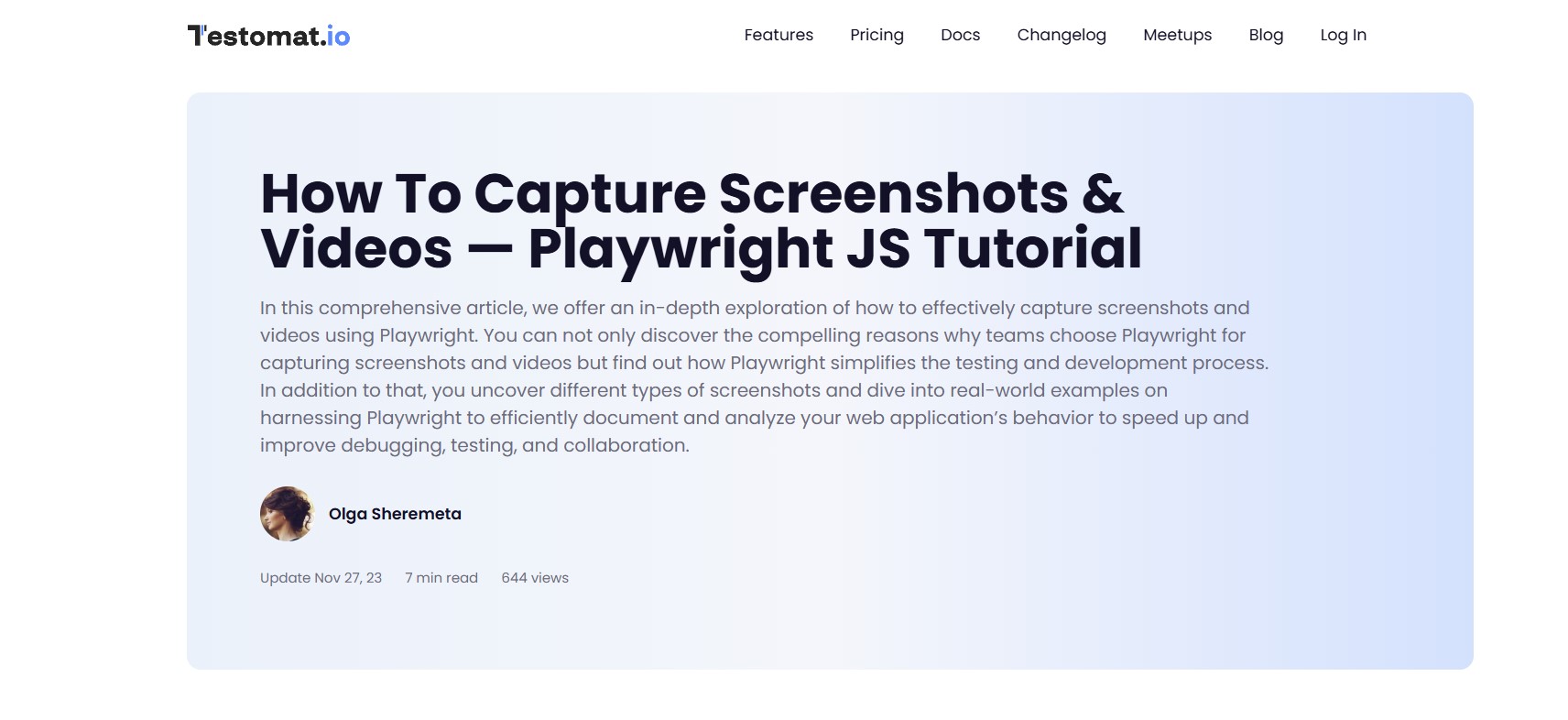Understanding Playwright and Selenium

Strong 8k brings an ultra-HD IPTV experience to your living room and your pocket.
When it comes to web application testing, it’s crucial to choose the right tools and approaches to ensure that your applications perform reliably and meet all user expectations. Two of the most popular tools in this field are Playwright and Selenium. As a testing professional or developer, you may often find yourself comparing **Playwright vs Selenium** to determine which framework is the better choice for your specific needs. In this article, we will explore the strengths and weaknesses of both, their unique features, and help you decide which tool is most suited for your web application testing.
### Understanding Playwright and Selenium
Before diving into a detailed comparison, let's take a moment to understand what Playwright and Selenium are, and why they’re so widely used.
**Selenium** has been around for quite some time, offering a comprehensive suite for automating browsers. It supports multiple programming languages, including Java, C#, Ruby, and Python. Selenium is known for its stability and widespread adoption, making it the go-to tool for many developers and QA teams around the world. It can test all major web browsers, such as Chrome, Firefox, and Safari, and even provides support for mobile testing.
**Playwright**, on the other hand, is a more recent contender, developed by Microsoft. Playwright is designed to provide a modern, end-to-end testing solution, with support for testing Chromium, Firefox, and WebKit. One of its strongest features is its ability to handle modern web application complexities, such as single-page applications (SPAs) and dynamic content, which can be tricky for Selenium.
Both tools have gained significant traction in the testing community, but they each have distinct characteristics that may make one more suited to your needs than the other.
### Key Features and Differences Between Playwright and Selenium
#### 1. **Cross-Browser Testing**
Selenium has long been praised for its ability to run tests across multiple browsers. Its support for Chrome, Firefox, Safari, and even Internet Explorer allows testers to ensure that their web applications work consistently across different platforms. While this broad support has made Selenium a trusted tool, it can sometimes lead to issues when running tests on newer or more complex browsers.
Playwright, however, is designed to handle modern web applications. It supports Chromium (the engine behind Google Chrome), Firefox, and WebKit (the engine behind Safari). What sets Playwright apart is its ability to work across both web and mobile applications, allowing testers to simulate different device interactions.
In the **Playwright vs Selenium** debate, if your application needs to support a wider array of older or legacy browsers, Selenium might be the better choice. However, for more modern applications, Playwright may provide a more seamless experience.
#### 2. **Speed and Performance**
Performance is a key factor when evaluating testing frameworks. Selenium’s performance has historically been slower compared to newer tools, mainly because it interacts with browsers through a remote driver, which can introduce delays.
Playwright, on the other hand, was built with speed in mind. It works directly with the browser, which reduces latency and offers better performance when executing tests. Playwright's architecture is designed to run multiple tests in parallel efficiently, making it ideal for large-scale testing scenarios.
When comparing **Playwright vs Selenium**, Playwright generally outperforms Selenium in terms of speed, especially for modern applications.
#### 3. **Parallel Testing and Multi-Browser Support**
One of the standout features of Playwright is its native support for parallel execution of tests. You can run tests across multiple browser contexts simultaneously, reducing the overall time required to run your entire test suite. This is particularly useful for large-scale applications that require extensive testing on multiple devices.
Selenium also supports parallel testing, but it typically requires additional configuration and third-party tools to achieve the same level of efficiency that Playwright offers out-of-the-box. Selenium’s integration with tools like Grid or Docker can help, but this adds complexity to the testing setup.
In this regard, **Playwright vs Selenium** shows Playwright’s advantage in ease of use for parallel execution.
#### 4. **Handling Dynamic Content**
Testing web applications that rely on dynamic content (such as SPAs) can be challenging. Selenium’s traditional approach may struggle with elements that change or load dynamically during a test.
Playwright was specifically built with dynamic content in mind. It offers advanced waiting mechanisms, which automatically wait for elements to appear or become visible before interacting with them. This reduces the need for manual waits and timeouts, which are common sources of flakiness in Selenium tests.
When it comes to handling dynamic content, **Playwright vs Selenium** shows Playwright as the more efficient and reliable choice.
#### 5. **Test Automation and Headless Mode**
Both Playwright and Selenium support headless browser testing, which allows tests to run without a visible browser window, improving the speed and efficiency of the testing process.
However, Playwright offers better native support for headless testing. It comes with built-in configurations that make it easier to execute tests without the need for additional setups or tweaks.
Selenium also supports headless mode, but it often requires more configuration to make it work seamlessly, especially across different browsers.
In the **Playwright vs Selenium** contest for headless testing, Playwright leads in simplicity and reliability.
### Choosing the Right Tool: Playwright vs Selenium
When deciding between Playwright and Selenium, several factors come into play. Here’s a quick summary of when to choose each tool:
- **Choose Selenium** if:
- You need to test on older or legacy browsers (like Internet Explorer).
- You’re working with a testing team that already has experience with Selenium and its ecosystem.
- Your application requires extensive support for multiple programming languages.
- **Choose Playwright** if:
- You’re working with modern web applications, particularly SPAs.
- You need better speed and performance for large-scale testing.
- You require out-of-the-box support for parallel testing and headless execution.
- Your application relies on dynamic content that needs sophisticated handling.
### Tools for Web Application Testing
To enhance your web application testing process, there are several tools you can incorporate alongside Playwright and Selenium. Here's a list of top tools that can complement your testing suite:
1. **Testomat.io** – A powerful test management platform that simplifies test case management and integrates well with popular testing frameworks, including Playwright and Selenium.
2. Cypress – An end-to-end testing framework designed to work directly within the browser, offering faster test execution and an easy-to-use interface.
3. Puppeteer – A Node.js library that provides a high-level API to control Chromium browsers, ideal for headless testing and scraping.
4. Appium – A tool for automating mobile applications across Android and iOS, offering support for multiple programming languages.
5. TestComplete – A comprehensive test automation tool for desktop, mobile, and web applications with support for multiple scripting languages.
### Conclusion
In the **Playwright vs Selenium** debate, both tools offer strong features and capabilities, making them suitable for different types of testing scenarios. Playwright excels with its modern architecture, speed, and built-in handling of dynamic content, making it the preferred choice for new web applications. On the other hand, Selenium’s broad browser support and extensive ecosystem continue to make it an excellent choice for legacy applications and teams with established workflows.
Ultimately, the choice between Playwright and Selenium depends on your project’s requirements and the specific features you prioritize. You can read more about web application testing approaches and tools at [this link](https://businesspartnermagazine.com/best-web-application-testing-approaches/).
For a streamlined test management experience, don't forget to check out [Testomat.io](https://testomat.io), which integrates with both Playwright and Selenium to bring efficiency and organization to your testing workflow.
Note: IndiBlogHub features both user-submitted and editorial content. We do not verify third-party contributions. Read our Disclaimer and Privacy Policyfor details.







